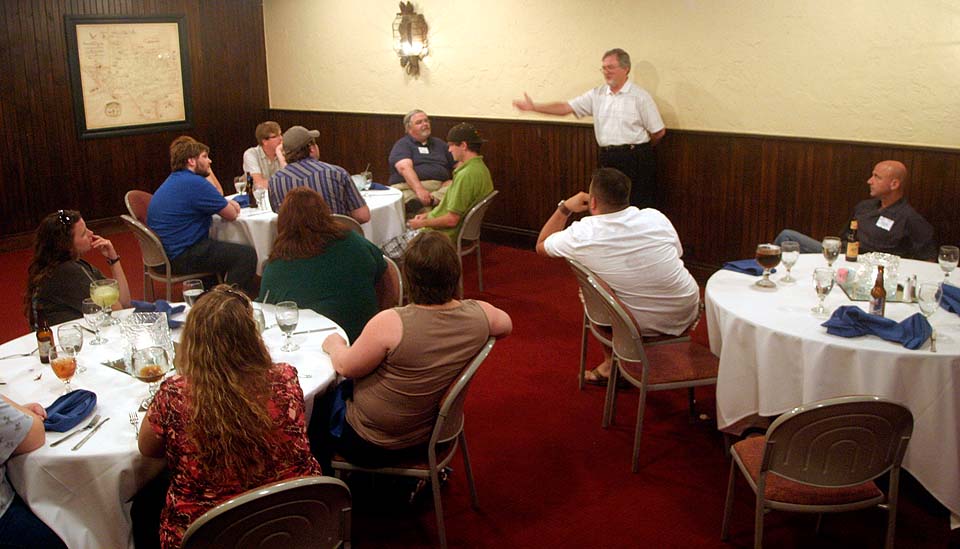Rafe Needleman’s piece on Google’s business practices it quite interesting. He dissects the many industries Google has touched, and shows that journalism isn’t the only industry that has had the rug pulled out from under it by the Internet. On Needleman’s list: journalism (of course), telecommunications, computer operating systems, e-mail and advertising.
Author: Andrew Chavez
Andrew Chavez is a Web specialist at the Dallas Morning News. Before joining the News, he worked at the Austin American-Statesman and the Fort Worth Star-Telegram.
Do you know which newspaper has the largest circulation in the world? Or which one actually has its own theme song? Or how many use the Gothic font in their masthead? If you’re curious, check out this blog post Mark Luckie compiled, “9 things you didn’t know about newspapers.”
News executives around the country are talking more and more about a perceived need to charge for online news, but those that are trying to monetize journalism on the Internet are finding it’s not as simple as it seems.
Cindy Royal, a faculty member at Texas State University in San Marcos, has a great piece in Online Journalism Review about how news organizations can create “user experiences” on their websites. Some of her examples, such as the New York Times products she references, may seem out of reach for community newspapers, but many of them are very easy to do with free online tools that are already out there.

Our page design workshop has kicked off in Fort Worth.
The group, led by resident page design guru Broc Sears, began with dinner at the Fort Worth Stockyards and will continue Thursday on the TCU campus with an intense 14 hours of instruction, some hand-on time and group discussions.
Steve Levering, another faculty member at the Schieffer School, will also be teaching a few sessions.
Check out the photos here and on our Facebook page.
The workshop is paid for by the Texas Newspaper Foundation, which covers tuition, lodging and food costs for all of the workshoppers.
Watch this website in the future for announcements about our next workshop. And check out this page for more information about TCCJ workshops.





The New York Times has hired a “social media editor” who is going to be connecting with users on Twitter, Facebook and other social media platforms. The first link is a blog post from Mashable, a blog about social media trends. The second link is to the new social media editor’s Twitter account.
How to approach a video story
Colin Mulvany (The Spokane, Wa. Spokesman Review) just posted some great tips on how to approach video storytelling. This isn’t the type of how-to that goes through what buttons to push and what menu items to click, but it provides some very helpful advice on adjusting to the video mindset and getting the most from your video stories.
In a short video interview, Kevin Hessel from the Marin Independent Journal shares some of the ways he uses social media at the Marin (Cali.) Independent Journal to engage readers.
Advice on ethics and social media
With all the discussion over ethics on Twitter and other social networks this week, I thought I’d post this entry from a few months ago by Steve Buttry, TCU alumnus and information content conductor at Gazette Communications. He offers some guidance journalists who participate in social networks.
Ben McClanahan shares some tips for newspapers for getting their sites indexed on Google News. He also links to a Google blog post that has some great information. Ben’s entire blog is dedicated to search engine optimization for newspapers, so check it out. He has tips on everything from Web headlines to search engine submission.